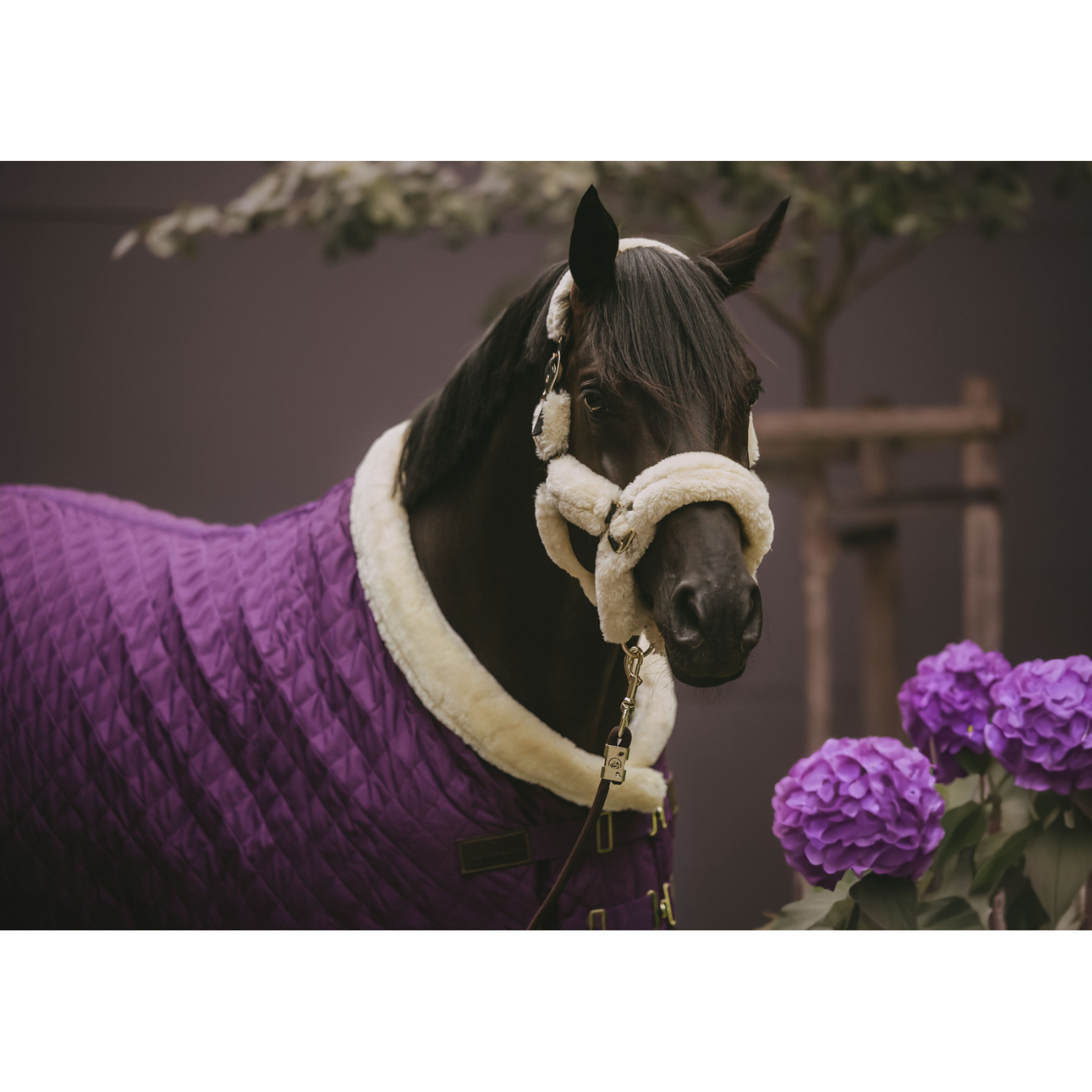Basic Cavaletti exercises: Work for the simple changes
For me Cavaletti are a fantastic tool for the training of our horses, they provide us with the ability to ask for increased flexion, mobility and extension of our horses bodies in a low stress environment, thus increasing their gymnastic ability and strength.
If your horse has never done any pole work or work over cavaletti then always begin on the lowest height with only one or two poles, then build them up to 4-6 poles to form a set. It's really important that the horses maintain their confidence throughout these exercises to ensure their bodies stay soft and supple. If the horses lose confidence and become tense through the exercises you can significantly increase the risk of injury.
I use the following exercises to aid in preparation and execution of my simple changes through walk.
1. Walk cavaletti
On a circle pick up a working trot, a few steps before the walk poles do a transition back to the walk. Allow the poles to help maintain your horses natural walk rhythm, your job is to ensure your leg is applying gentle pressure pushing forward towards the bit with giving hands and maintaining the horses straightness through the poles.
Place between 3-6 poles on a curved line approximately 0.8 - 1m apart.
2. Cavaletti for simple changes
This is the follow on exercise to the trot-walk exercise and I find especially useful when training simple changes with horses who can get hot and jog through the walk steps.
On a circle walk quietly through the walk poles then pick up canter continuing through the circle, then one stride before the walk poles transition back to walk,
allowing the poles to keep the horses walk rhythm very clear and maintaining a consistent contact. After the walk poles quietly pick up canter again.
3. Advanced Canter-walk cavaletti
Once your horse is confident in their transition down from canter, into the walk cavaletti, and up to canter again, we can increase the difficulty by adding canter cavaletti to the circle (of course the canter cavaletti should be only added to this exercise if the horse has previous experience with them).
Start off by showing your horse the canter cavaletti and walk cavaletti separately on the circle, once the horse is comfortable and confident going through both then proceed through the canter cavaletti ensuring that you look up around the circle to join onto the walk cavaletti, after the canter cavaletti, collect the canter then transition to the walk before the walk poles, walk through the poles, smooth transition to canter and go through your canter cavaletti.
This exercise is great to help the horses keep a clear and active rhythm whilst expanding on their natural ability to jump in the canter.
ADJUSTMENTS
The great thing about cavaletti is that you can adjust them to suit your horses specific needs.
For example:
'When I do a simple change my horse gets hot, takes short jogging steps and won't step out in his walk'
Start off by making the walk poles a little closer together to suit your horses shorter steps and help him gain confidence then slowly start to increase the distance between each pole to make your horse have to reach and take longer slower steps. Be careful in this not to push the walk poles too far apart, too quickly and have your horse lose confidence and put two steps between the poles.
'My horse falls on the forehand in the walk steps'
By starting with the last cavaletti in your set gradually raise each one to the next height so that by the end every cavaletti is raised above the ground. This will make your horse have to step higher when he comes into the walk and makes him less likely to push weight onto the forehand.

______________________________________________________________
Grace is a very well accomplished rider having had a variety of experience training with some renowned coaches - giving her an equestrian wisdom beyond her years.


